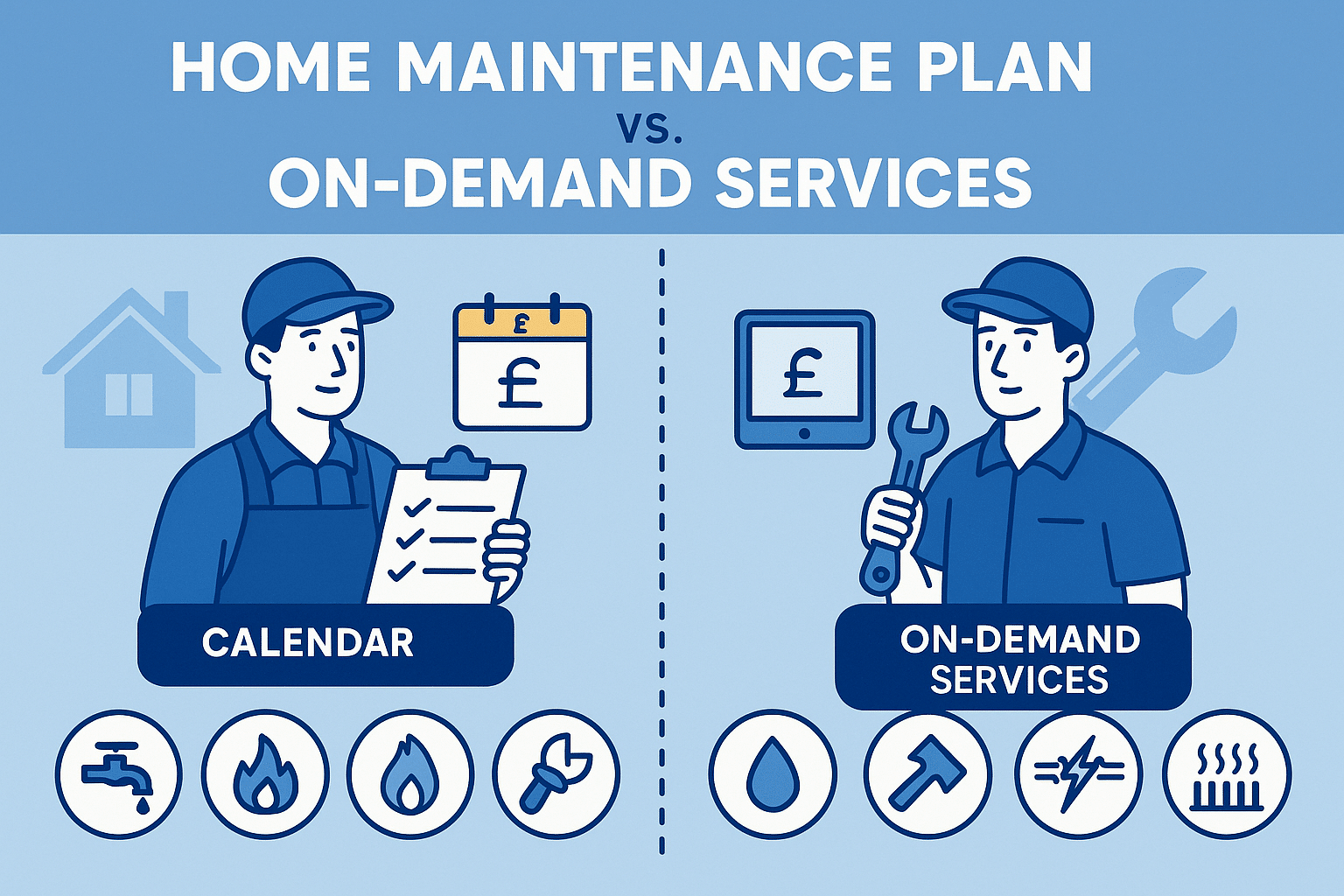 What you Should do When you buy a House Electrical
What you Should do When you buy a House Electrical

Many homebuyers mistakenly think a home survey will check for electrical safety.
Faulty and old wiring can leave them at risk of high repair bills, electric shock or fire.
Around two-thirds of home buyers fail to have the homes they want to purchase inspected for electrical safety, a charity has warned. Electrical Safety First is urging buyers to get an Electrical Installation Condition Report (EICR).
The charity found only 37 per cent of buyers had the property checked by a registered electrician before prices were agreed and contracts exchanged. One in five mistakenly believed the electrical safety checks were included in their home survey report and just under half were unaware that checks were needed at all.
Two-thirds of buyers fail to check electrics before purchasing a property
Over a third of home buyers then went on to discover electrical problems that they were not aware of before buying – something that could easily have been avoided by getting a registered electrician to inspect the electrics and issue an EICR.
The average cost to fix an electrical problem identified after moving into a property is about £1,704 but a full rewire will be a lot higher and very disrupted.
By comparison, an electrical installation condition report (EICR) will cost between £200 and £400 for an average two or three-bedroom home. Which will highlight issues that will need to be address, it can help you negotiate the purchase price and save you money in the long term.
Phil Buckle, director general of Electrical Safety First, said: “It’s easy to bypass checking electrics when purchasing a property if you think it’s included in the recommended survey report. However not conducting an EICR significantly increases the risk of additional expense and electric shock or fire to the buyer and their family. We’re encouraging people to use a registered electrician to do a quick and relatively inexpensive check to ensure they know exactly what they’re getting into with the property purchase.”
The poll of more than 2,000 homeowners who purchased a property in 2014-15 also found that electrical safety only came sixth in the top 10 considerations when purchasing a property after neighbourhood, structural work needed, boiler age, risk of subsidence and damp.
What is an Electrical Installation Condition Report?
Faulty and old wiring is one of the major causes of house fires in the UK.
An Electrical Installation Condition Report (EICR) involves the inspection of the state of the wiring, cables, consumer unit (also known as fuse box), power sources, switches and sockets. It will include an overall assessment of its safety and suggest changes to correct problems that may give rise to danger.
The report should record the results of the testing and identify any damage, deterioration or defective electrical work that could be a potential fire hazard or cause electric shocks. The electrician will check if any electrical circuits are overloaded and lack of earthing or bonding.
Fixed electrical wiring that no longer meets the latest safety standards is not necessarily unsafe or in need of upgrading. However, if dangerous conditions are found, the overall assessment of the electrical installation will be judged ‘unsatisfactory’ until it’s fixed.
Inspection and testing of moveable items, such as kettles, toasters and microwaves, is not included in these reports. These are covered by separate Portable Appliance Tests (PAT testing) reports.
Electrical inspections should only be carried by registered electricians. Check if your electrician is registered with a government approved scheme, such as NICEIC, ELECSA, NAPIT.


